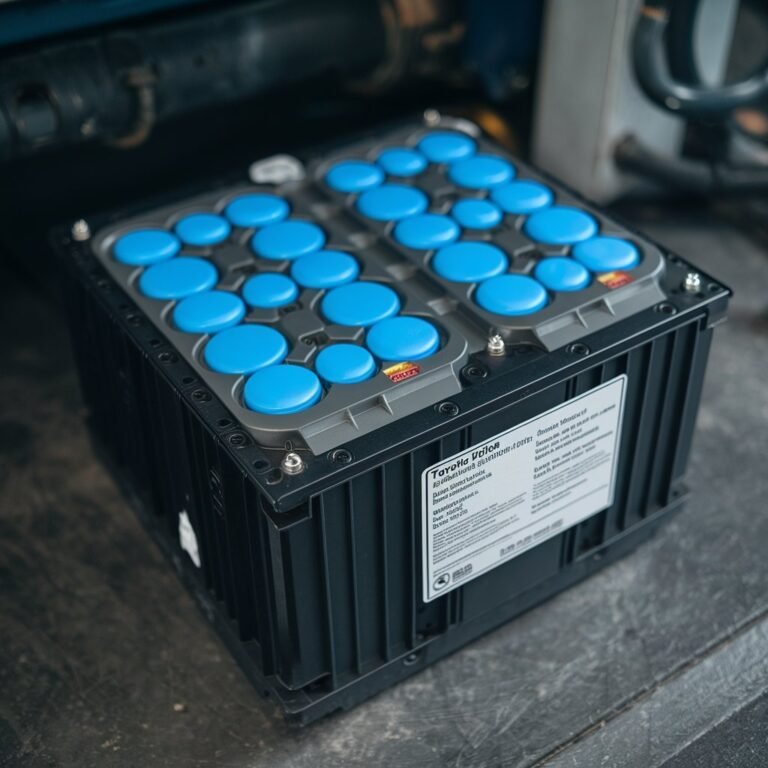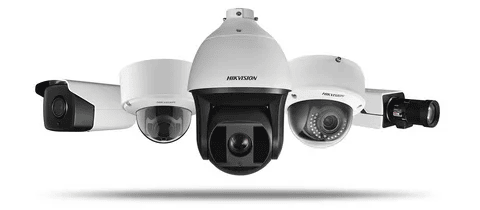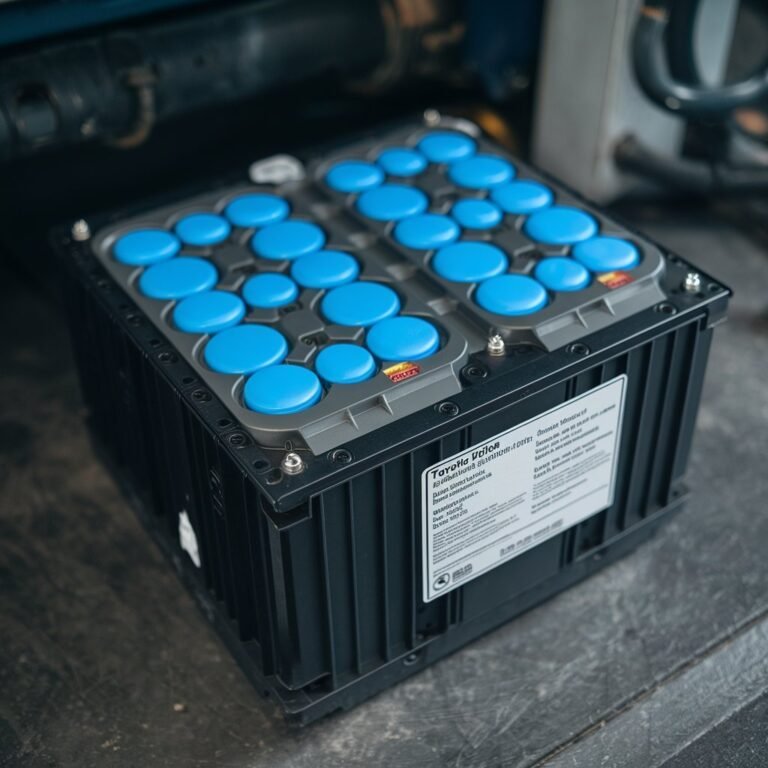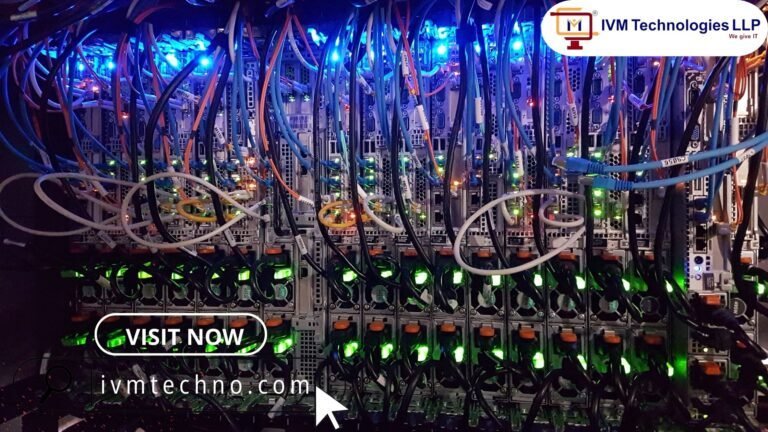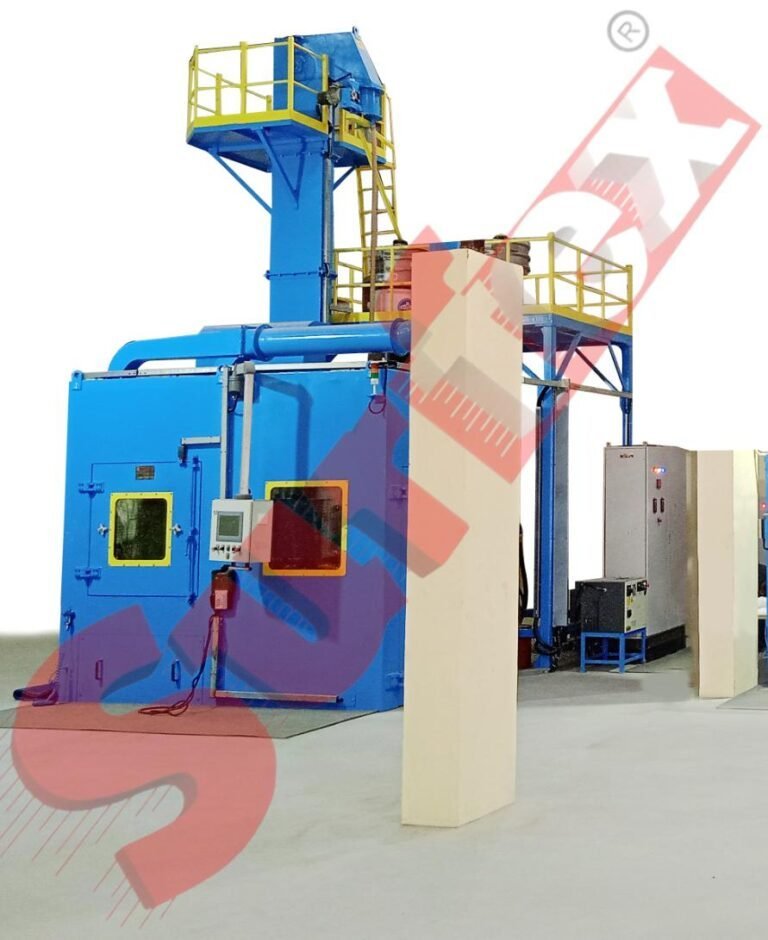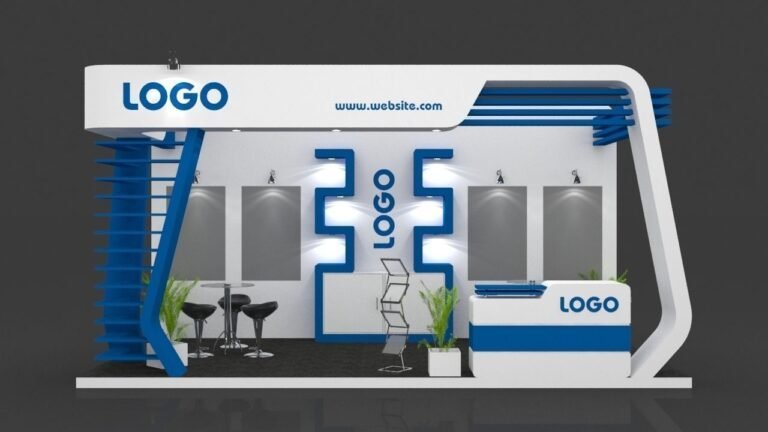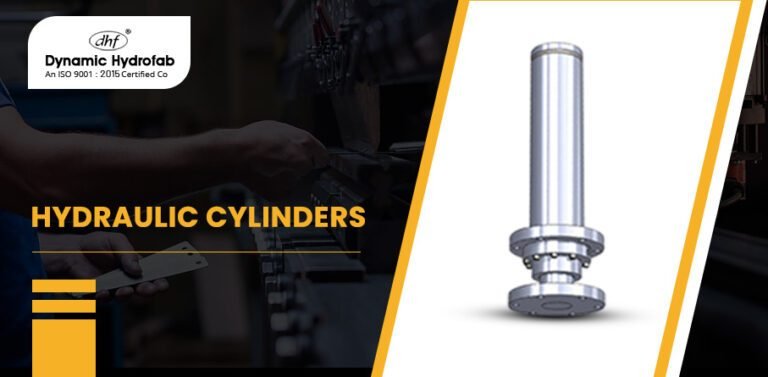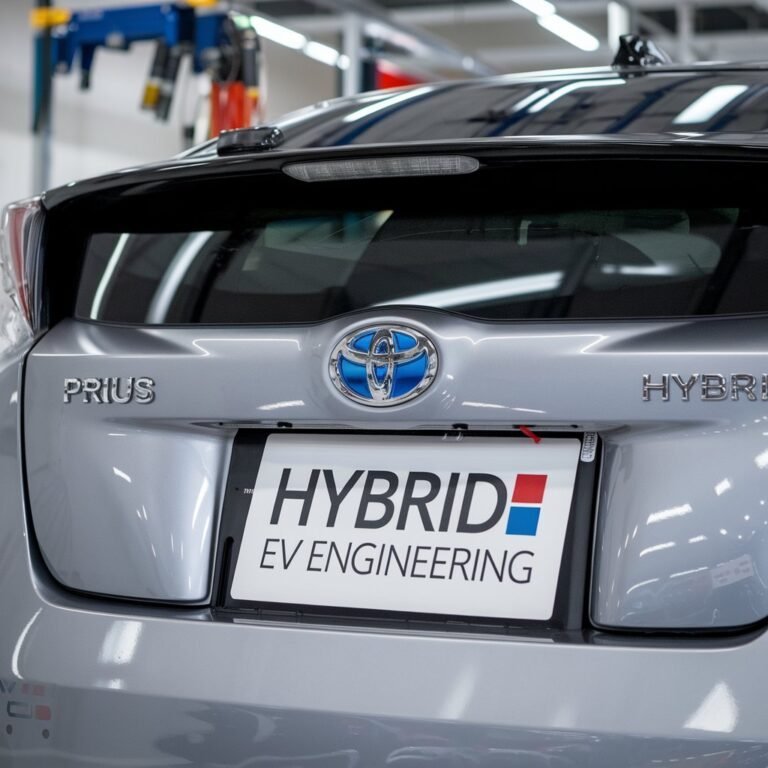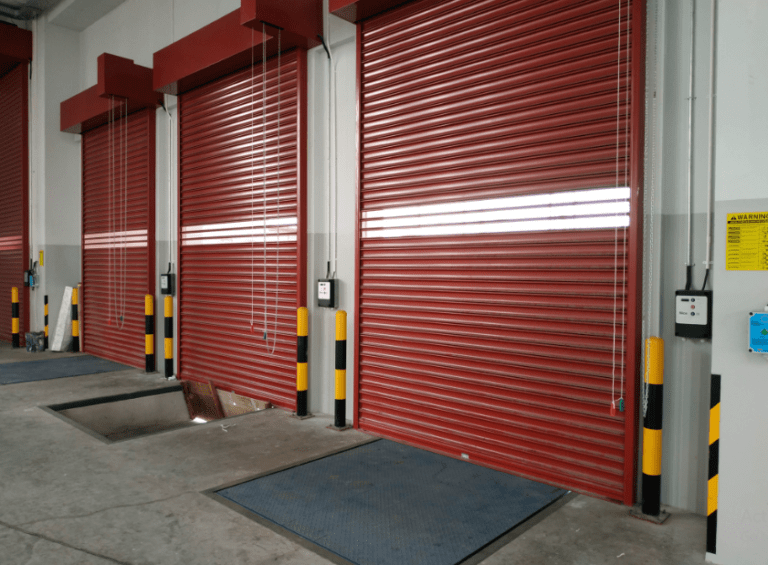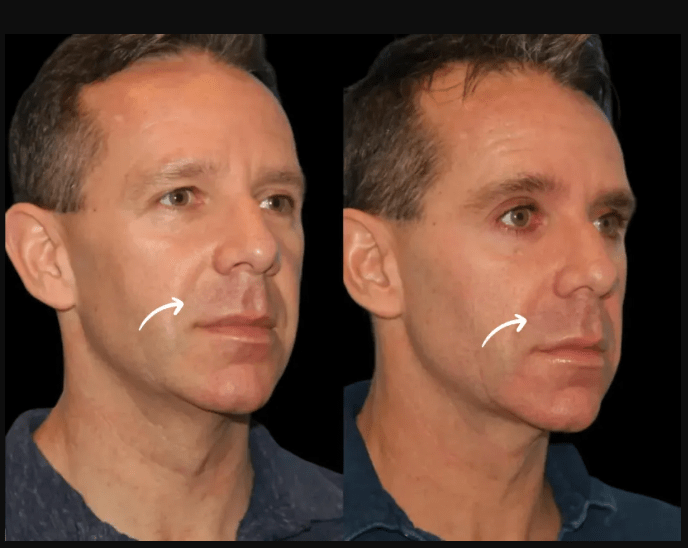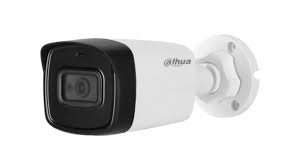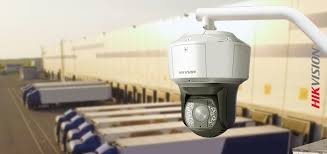Laser trackers have revolutionized precision measurement in industries requiring high accuracy. These advanced devices use laser beams to measure large-scale objects with exceptional precision. Their ability to deliver high-speed, high-accuracy measurements has made them indispensable in aerospace, automotive, and manufacturing industries.
How Laser Trackers Work
Laser trackers use a highly precise laser beam to track a retroreflector, which is usually a spherically mounted retroreflector (SMR). This setup allows the system to measure distances, angles, and coordinates with extreme precision. The fundamental working mechanism involves three key principles:
Laser Interferometry – Measures distance changes by analyzing the interference pattern of laser beams.
Angle Encoders – Detect angular movements to determine the precise position of the target.
Time of Flight – Calculates the time taken for the laser beam to travel to the target and back.
By integrating these measurement techniques, laser trackers can capture complex geometries and align large-scale assemblies with micron-level accuracy.
Key Components of a Laser Tracker
To understand the efficiency of laser trackers, it’s essential to explore their main components:
Laser Source: Emits a highly collimated laser beam.
Retroreflector: A target that reflects the laser beam back to the source.
Encoder System: Measures angles and distances.
Data Processing Unit: Converts raw data into meaningful coordinates.
Software Interface: Provides real-time analysis and visualization of measurement data.
Applications of Laser Trackers
Laser trackers are widely used in various industries due to their precision and versatility. Some common applications include:
1. Aerospace Industry
Aircraft assembly and alignment
Component inspection and verification
Quality control of fuselage and wing structures
2. Automotive Industry
Chassis alignment and inspection
Robot calibration in manufacturing lines
Quality assessment of vehicle body structures
3. Manufacturing and Engineering
Large-scale machine installation
Tool and jig alignment
Real-time metrology solutions
4. Energy Sector
Wind turbine blade inspection
Nuclear reactor component measurement
Pipeline alignment and installation
5. Construction and Infrastructure
Bridge and tunnel alignment
Structural integrity assessment
Rail and track monitoring
Advantages of Using Laser Trackers
Laser trackers provide numerous benefits that make them a preferred choice for industrial applications:
1. High Precision
With accuracy levels reaching microns, laser trackers ensure quality control in high-stakes industries like aerospace and automotive manufacturing.
2. Speed and Efficiency
Real-time data acquisition speeds up measurement tasks, reducing downtime and improving productivity.
3. Portability and Flexibility
Modern laser trackers are compact and portable, making them easy to transport and use across various job sites.
4. Non-Contact Measurement
Laser trackers enable non-contact measurement, ensuring that delicate components remain undamaged during inspection.
5. Real-Time Feedback
Integration with CAD software provides instant feedback, allowing engineers to make adjustments during manufacturing or assembly processes.
Challenges and Limitations of Laser Trackers
Despite their advantages, laser trackers have certain limitations:
1. Environmental Sensitivity
Performance can be affected by environmental factors such as temperature fluctuations, humidity, and dust.
2. Cost Considerations
High-end laser tracking systems can be expensive, making them a significant investment for smaller businesses.
3. Operator Expertise
Proper training is required to operate and interpret data from laser trackers effectively.
4. Line-of-Sight Dependency
The laser beam requires an unobstructed line of sight between the tracker and the target, which can pose challenges in complex environments.
Future Trends in Laser Tracking Technology
The evolution of laser trackers continues to introduce innovative features and improvements:
1. AI and Machine Learning Integration
Enhanced algorithms are improving tracking accuracy and automating complex measurement tasks.
2. Wireless and Remote Operation
New models incorporate wireless connectivity, enabling remote monitoring and control.
3. Miniaturization and Portability
Future laser trackers will become even more compact and lightweight, enhancing usability in field applications.
4. Improved Environmental Adaptability
Advancements in laser technology will allow trackers to function better in varied environmental conditions.
5. Enhanced Software Capabilities
Software improvements will provide better visualization, analysis, and integration with other metrology tools.
Choosing the Right Laser Tracker for Your Needs
When selecting a laser tracker, consider the following factors:
Measurement Accuracy: Choose a tracker that meets the required precision for your industry.
Range and Portability: Ensure the tracker can cover the necessary measurement distance and is easy to transport.
Software Compatibility: Verify that the tracker integrates with existing CAD and metrology software.
Budget and ROI: Evaluate cost versus long-term benefits and efficiency improvements.
Support and Training: Opt for a manufacturer that provides comprehensive training and after-sales support.
Conclusion
Laser trackers have become indispensable tools for precision measurement across various industries. Their ability to provide accurate, real-time data makes them valuable assets in aerospace, automotive, manufacturing, and infrastructure projects. While challenges exist, ongoing technological advancements continue to enhance their capabilities, making them even more reliable and versatile.
As industries move toward greater automation and precision engineering, investing in laser tracking technology will remain a strategic decision for companies focused on quality and efficiency. By understanding how laser trackers work, their applications, and future trends, businesses can make informed decisions to optimize their measurement processes and achieve superior results.





























